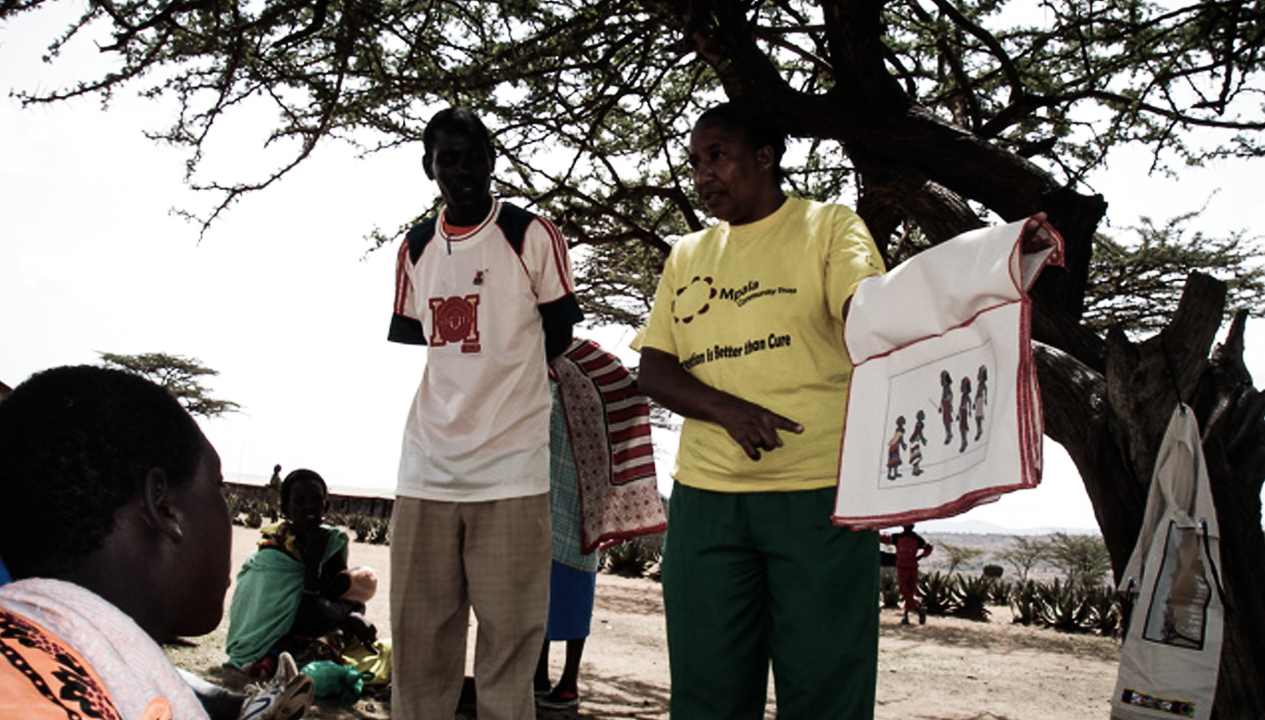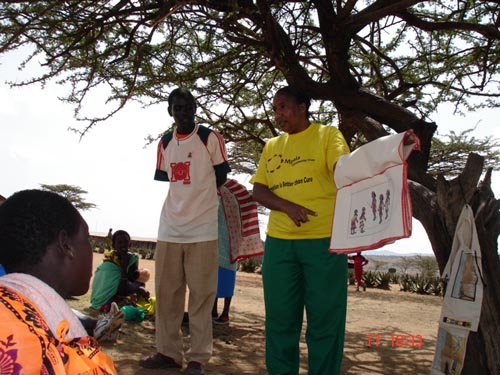“Being a designer is being a realistic optimistic,” this was one of Enzio Mazini’s key opening messages at the thought-provoking Changing the Change Conference that brought an international audience of educators, researchers, designers and practitioners among us to present our papers, share project case studies and ponder the state of design research today and into the future, particularly as it pertains to key issues of sustainability and social impact.
We convened at the Institute of Biotechnology of the Politecnico de Torino and in a city that won ICSID’s 2008 World Design Capital nomination. A city that remains a splendid monument to baroque splendor, FIAT industrial might, and cafeterias culture.
While Professor Mazini recognized that the qualifier “realistic” optimistic might well be a slightly modified version of proper English, he insisted on the importance of the term. As the design community confronts increasingly unsustainable trends, he made a very inspiring call to action for design research to stop being self-referential and become the activity that it should truly be–one that produces knowledge useful to designers and broader constituencies, instead of a “quasi-scientific” discussion that does not transpire beyond a circle of enlightened few. His firm appeal for the agenda of sustainability to be “a meta-objective” of every design research activity–and by and large design education–resonated in a big way.
But most of all, it is the significance of Enzio’s “realistic” qualifier that stuck with me in more ways than one, given the alignment with the mission of our own efforts at Art Center College of Design through Designmatters. Realistic, real, and real world is what we strive for, and often accomplish, in every educational project we undertake and facilitate with our various departments at the school. This is why the first images coming from the bush in Kenya of health education prototypes designed by Illustration students last year move me deeply.
There were certainly many “learning moments” at the Changing the Change conference, particularly from powerful presentations and interactions from a handful individuals who were memorable in my book for demonstrating humility in their sharing of case studies– and in that regard were holders of a certain “state of grace,”—to borrow anthropologist Genevieve Bell’s articulate words. I come back to the more quotidian, and yet critical aspects of my responsibilities at Art Center, energized by having being around some of these brilliant minds. And while I am also keeping a dose of healthy skepticism with regards to how measurable the impact of this conference may end up being beyond discussions among attendees, I have to admit that it felt good to find validation by peers whom I admire deeply, for a chief pursuit of ours through Designmatters: nurturing the design education process so that it can be about great skill building and deep knowledge acquisition for the students, but also about a well-rounded understanding of, and connection to, the larger world. As Enzio concluded in the closing session of the conference: more than ever, design education has the responsibility to be international in outlook, and the design community remains confronted by the challenge of generating new ways to develop and articulate the design knowledge needed to respond to critical social issues.
I like to think that with Designmatters at Art Center, we are participating in this challenge, one educational project at a time.
For the full conference proceedings, see www.changingthechange.org.
For the Designmatters paper presentation, one of five U.S. entries among 138 papers, download it here.


